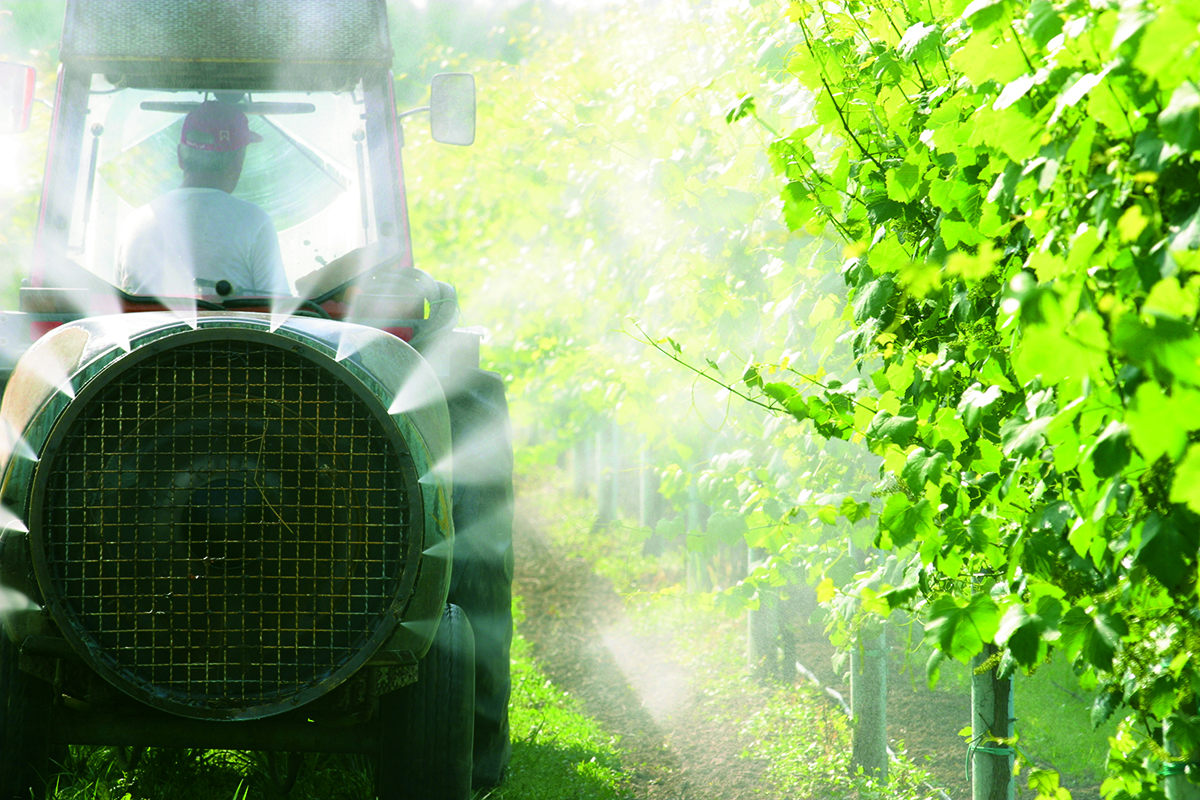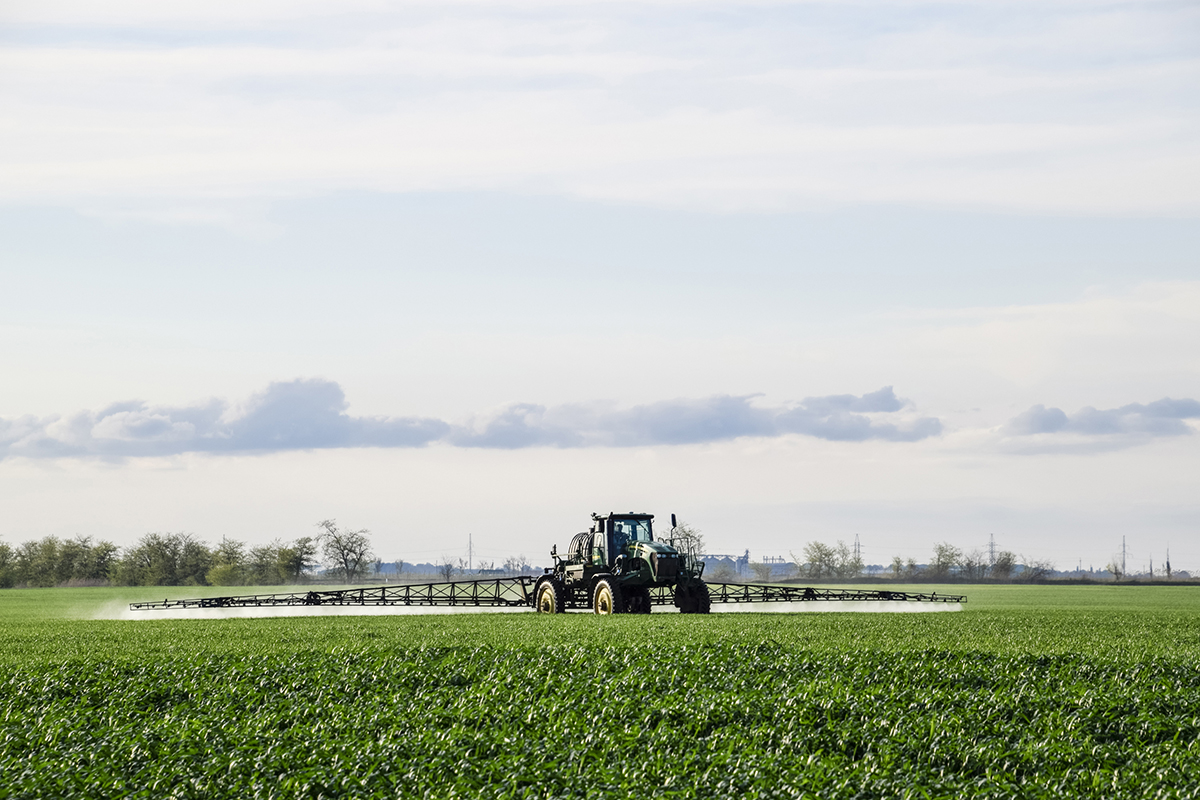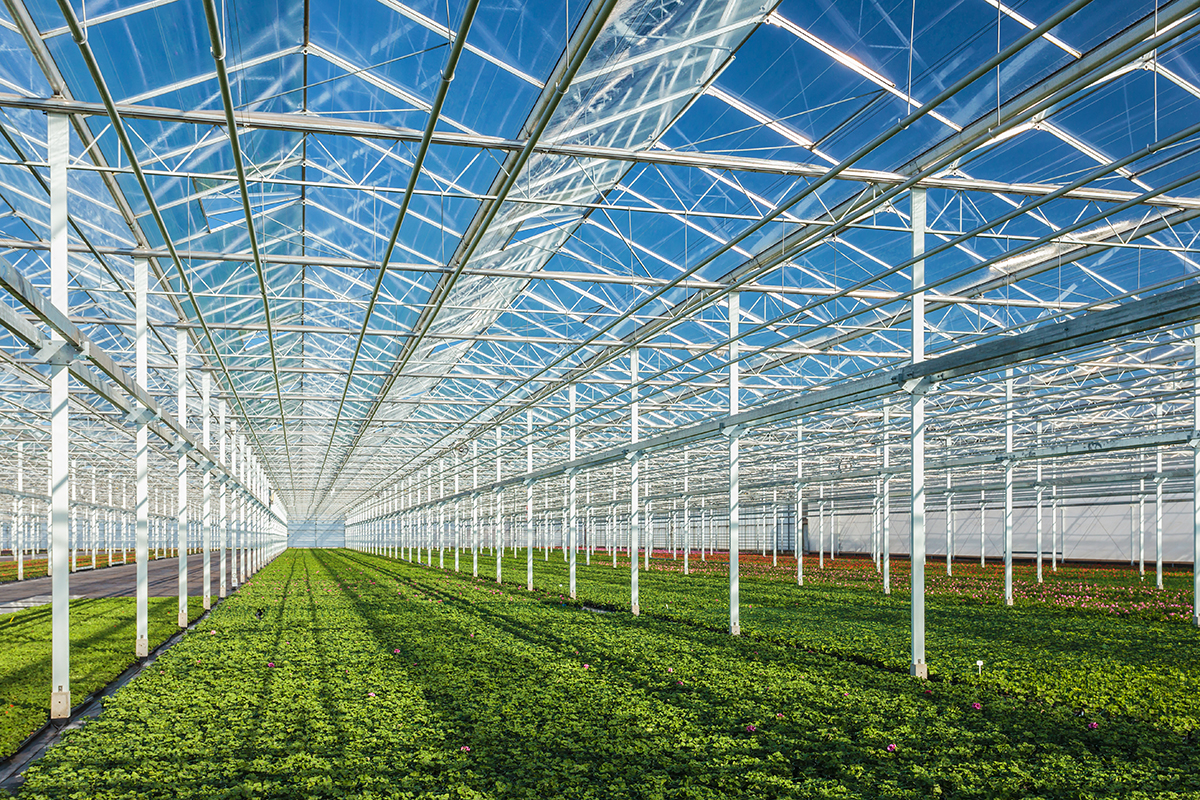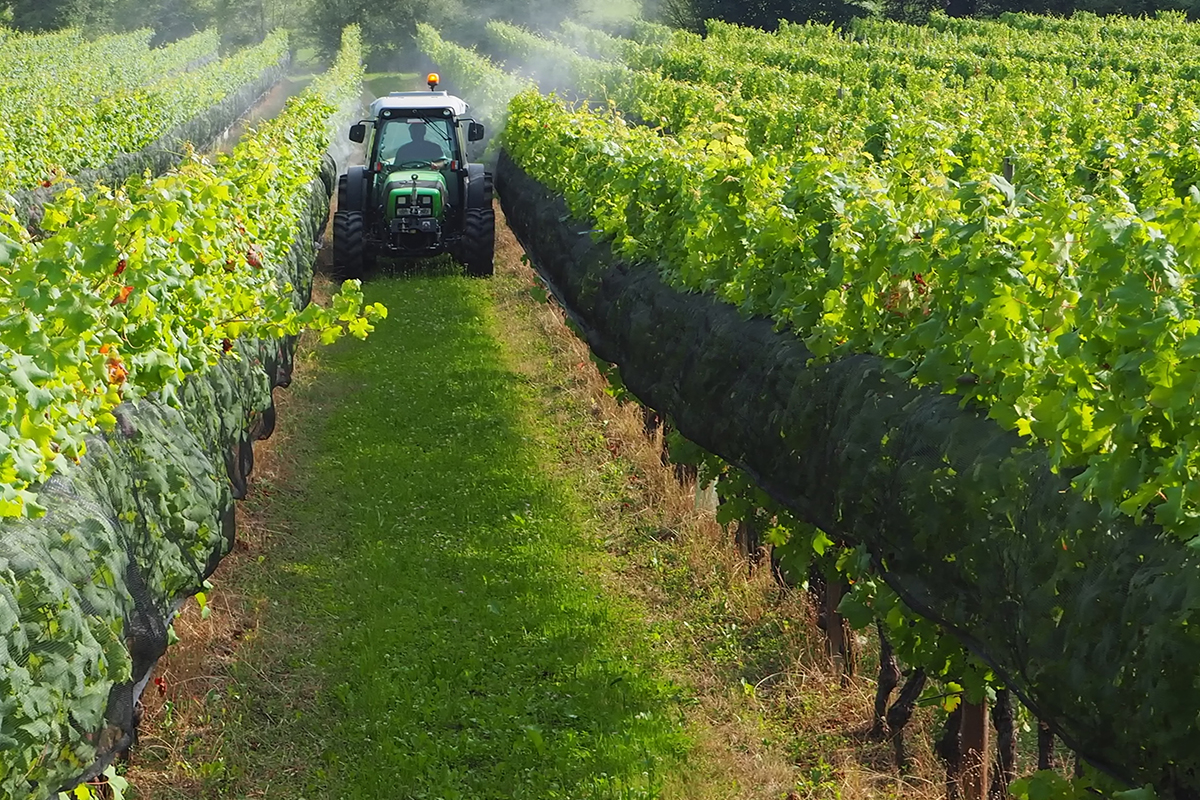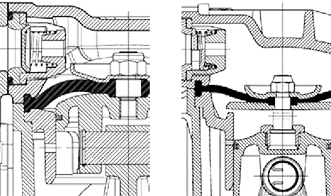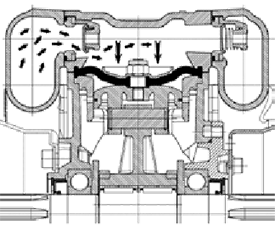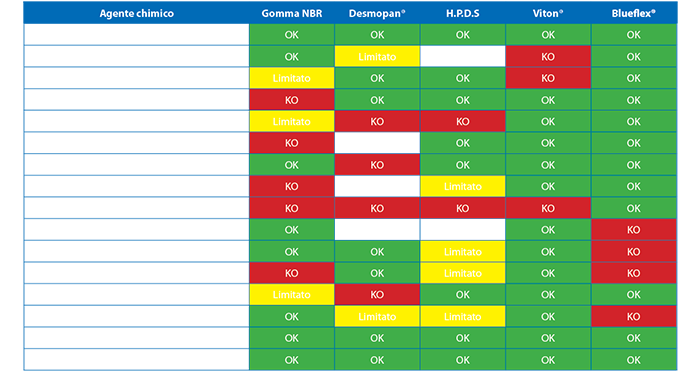-
More
Tappo di svuotamento per rimessaggio invernale.
Close
Drain plug to empty liquid from the circuit before winter storage. -
More
Testa in plastica rinforzata resistente ai prodotti chimici.
Close
Pump head in reinforced thermoplastic for aggressive chemicals. -
More
Robusti supporti in lamiera con trattamento di cataforesi fissati al corpo della pompa.
Close
Pump support with cataphoresis treatment on pump body. - More
-
More
Cuscinetti a rullini di qualità sotto alle bielle per ridurre gli attriti
Close
High quality needle bearings under the connecting rods to reduce friction. -
More
Anelli di tenuta a doppio labbro
Close
Double lip oil seals. -
More
Pistoni con segmento elastico
Close
Elastic segment on pistons. -
More
Valvole di grandi dimensioni in AISI 304 (AISI 316 per la versione LFP) per un migliore rendimento idraulico e una migliore resistenza agli agenti chimici.
Close
Large valves in AISI 304 (AISI 316 for LFP version) for best hydraulic efficiency and better resistance to chemical agents.

Outside view
Vista esterna

See inside
Mostra interno

Water cycle
Ciclo acqua
 Antifire
Antifire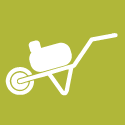 wheelbarrows
wheelbarrows Deicing
Deicing Weeding
Weeding Pest control
Pest control Liquid fertilizers
Liquid fertilizers Atomizers
Atomizers
Outside view
Vista esterna

See inside
Mostra interno

Water cycle
Ciclo acqua
Annovi Reverberi pumps general features

Outside view
Vista esterna

See inside
Mostra interno

Water cycle
Ciclo acqua

Outside view
Vista esterna

See inside
Mostra interno

